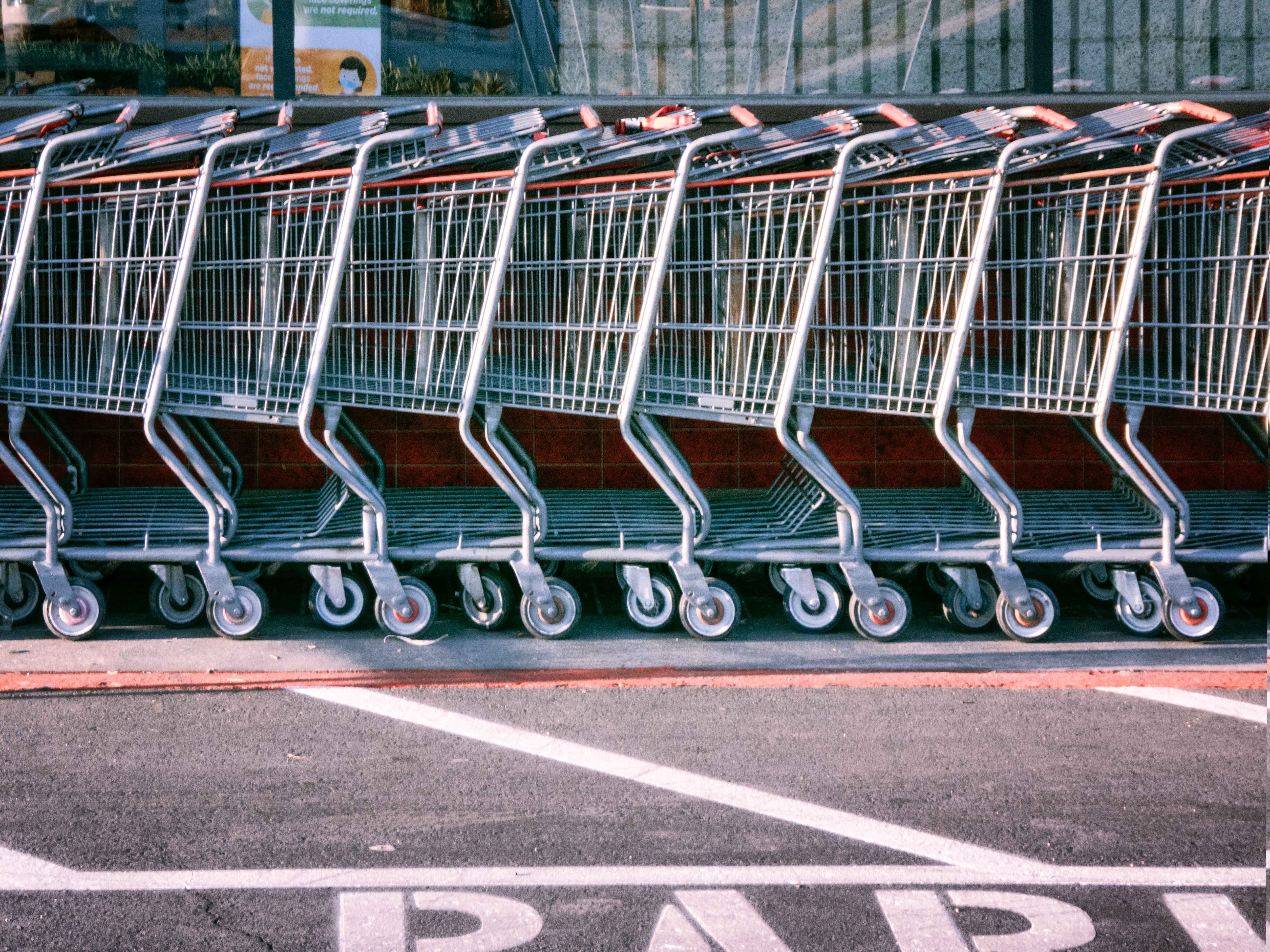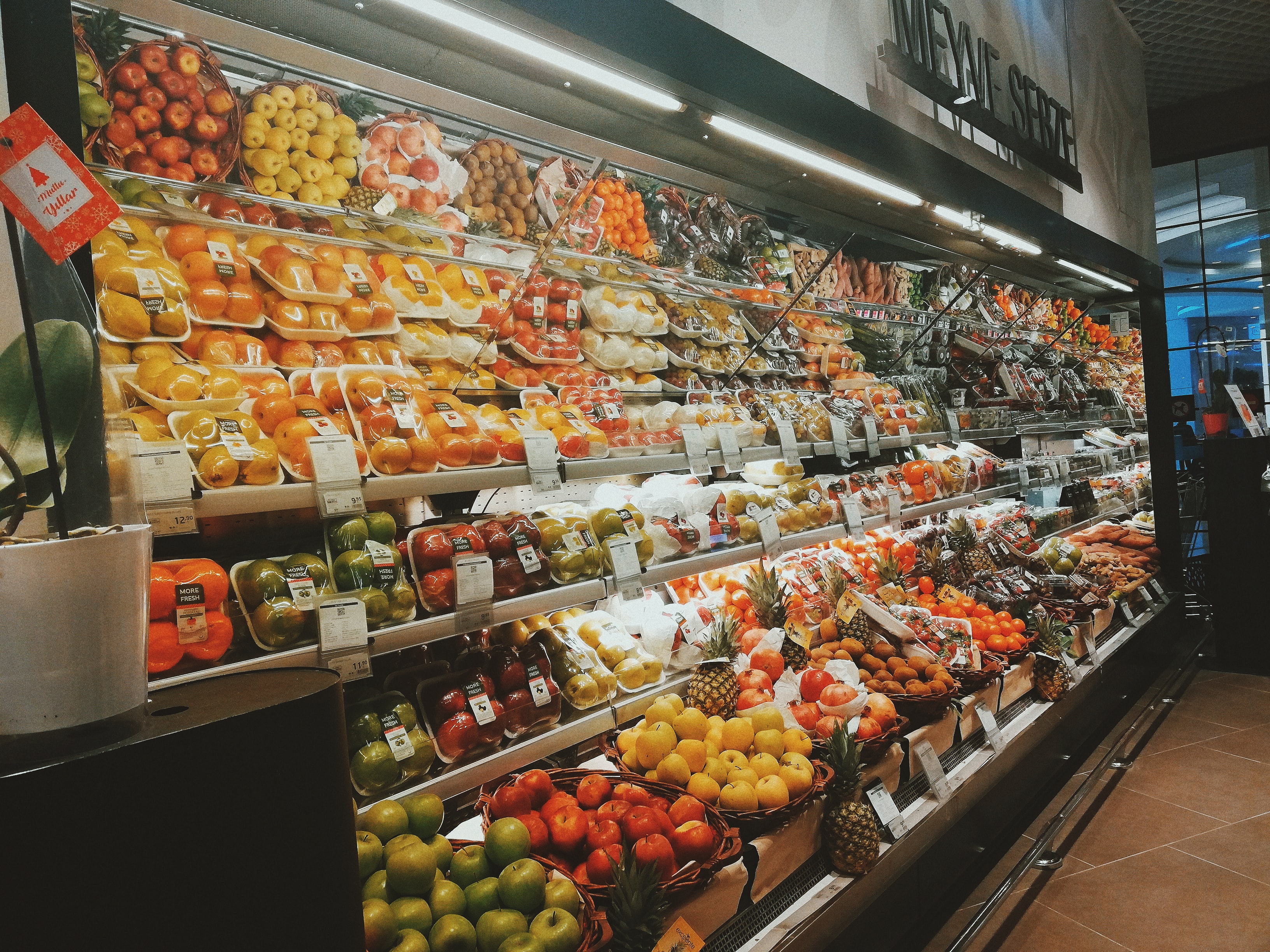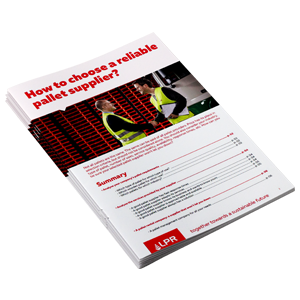Several new modes of consumption have emerged since the advent of digital, and new retail is evolving at an unprecedented pace.
To keep pace with consumers' ever-increasing demands, distributors must now meet those demands quickly and efficiently.
In addition, the issue of preserving the environment is at the forefront of many people's minds at a time when action is essential.
In this article we will answer two central questions:
-
What is New Retail and how is it different from traditional distribution?
-
What challenges does New Retail face?
Menu:
2 | New retail trends emerged from new consumer habits
3 | New retail comes to the rescue of traditional retailers
4 | The impact on the supply chain
5 | How does LPR helps retailers meet new retail requirements?
1. What is new retail?
New retail refers to the combination of online commerce and traditional commerce. It's characterised by two things:
-
It integrates digital technology throughout the user journey and beyond. Retailers can create what is known as a phygital experience that anticipates needs and offers convenience.
-
It uses new digital technologies to create distribution channels more in line with new ways of consuming.
The goal of New Retail is to use digital technology to enhance the shopping experience for customers at every stage of their journey, regardless of whether they are online or in store.
Ultimately, New Retail is a response to the many new consumer habits that have emerged in recent years.
2. New retail trends emerge from new consumer habits
New consumer habits have emerged in recent years, as social and ecological awareness grows. Consumers are demanding more adaptable purchasing practices from retailers.
So what are these new habits of consumption?
2.1. Sustainable consumption
Faced with the environmental emergency and global warming, consumers are seeking to consume in a more reasoned way, and attach more importance to protecting the environment.
While the consumer is initially drawn to a product based on its intrinsic characteristics (is it sustainable, environmentally responsible, and fair trade?), they will also be interested in whether or not the distributor shares those values.
European retailers have taken that lesson to heart!
Among the ten largest distributors in Europe, eight have pledged to lead the way toward sustainability by making commitments in favour of sustainable development.
For example, Carrefour has committed to using 100 percent renewable energy by 2030, and to replace its entire range of fluorocarbons with natural refrigerants.
2.2. The latest trend is to have everything, right away
Paradoxically, consumers want products to be delivered faster and faster, yet they also want access to a wider variety of them.
It is hard to reconcile this with an environmentally friendly approach: the speed of deliveries too often requires the use of airplanes - a fast way to travel but one that is responsible for 4% of global carbon dioxide emissions.
And this trend has been reinforced over the past few years by giants of e-commerce like Amazon, who, for a long time (and still today), have been racing to deliver their packages as quickly as possible.
Faced with this demand, retailers have no choice but to adapt, by making their supply chains as efficient as possible (maximum efficiency, minimum impact on the environment).
2.3. What if we just consumed less?
As a result of recent events (the Covid-19 crisis and the war in Ukraine), European economies are struggling. Inflation seems to be causing problems for consumers in all countries on the continent, who are finding it increasingly difficult to make purchases.
To meet their needs, retailers need to find ways to sell better, faster and without raising prices too much. This is a tricky balancing act they try to carry out every day.
Leclerc, for example, promises its consumers low prices all year round on some of its best-selling products, thanks to its own private labels.
3. New retail comes to the rescue of traditional retailers
New consumer habits have forced retailers to adapt. Three new distribution channels have arisen in Europe:
3.1. Click & Collect
Launched by Argos in 2000, click-and-collect is a key development in retail supply chains.
This new service allows buyers to purchase products online and pick them up at a nearby distribution point, avoiding shipping fees or delays.
It's a faster, more eco-friendly way to shop than traditional delivery methods and allows consumers to take advantage of exclusive online retailer promotions.
3.2. Drive-thru
The drive-thru lane is generally dedicated to the purchase of basic necessities (cosmetics, food, drink…).
This system is a new way to link physical stores with digital platforms.
Now available at many retailers, this service allows customers to place their orders online and pick up their purchases in a store without having to exit their vehicle.
This saves time, reduces delivery costs and improves customer satisfaction.
3.3. Convenience stores
Increasingly, retailers are placing value on small stores. This is an excellent way for them to expand their business by positioning themselves close to their customers, especially in areas where large stores are not feasible (such as downtown areas of large cities).
Smaller stores can be located in very busy shopping centres or local neighbourhoods, allowing retailers to reach both shoppers who are seeking convenience, flexibility and speed—as well as those who prefer not to drive to a physical location.
Carrefour, the French retail giant, has understood this concept well. Thanks to ranges such as Carrefour Express, City and Market, the brand now owns over 3000 neighbourhood stores worldwide.
When businesses reduce the size of their stores, they also need to find ways to optimise sales space. Thus, the quarter pallet (a perfect promotional site for small retail outlets), and half pallets have slowly crept into neighbourhood stores.

4. The impact on the supply chain
As retailers gain access to new distribution channels, they face new challenges, such as the difficulty of managing their supply chains. With more points of distribution comes more logistical requirements.
Retailers must now be able to deliver their goods quickly and efficiently to anywhere in the world - while still maintaining an environmentally friendly stance and a good relationship with their consumers - a new complexity that transforms our shopping habits into a real challenge.
To conclude, supply chains have not stopped evolving, and they must continue to reinvent themselves by automating their processes, optimising their deliveries and succeeding in meeting the challenges of today's world.
Luckily, tomorrow's supply chains will be able to lean on emerging technologies that will help them reinvent themselves. This reinvention may include the use of artificial intelligence and blockchain.
5. How does LPR helps retailers meet the demands of the new retail?
LPR - La Palette Rouge is the leading pallet pooling company in the FMCG sector, offering a rental and management solution for pallets.
With its experience in pallet pooling, LPR presents many advantages for retailers:
-
LPR reduces logistics effort: managing a pallet pool requires many resources. Pallets have to be transported, repaired, stored and all of this impact on the entire logistics structure of a business. By outsourcing pallet management to LPR, businesses are better able to focus on higher-value tasks.
-
LPR reduces costs: the cost of buying, storing, or repairing pallets can be a burden for many retailers. Choosing to entrust LPR with pallet rental requirements, means not passing unnecessary costs on to the consumer.
-
LPR digitises the supply chain: its application MyLPR Retail simplifies collection for retailers. It uses smart dashboards to improve processes by supplying helpful information on how pallets are being used.
-
LPR helps businesses enter the circular economy: choosing LPR - La Palette Rouge is a concrete and effective way to help the planet. Reduce CO2 emissions caused by buying new pallets, and ensure that pallets received are always of the highest quality and made from sustainably managed wood.
Conclusion
In conclusion, faced with the evolution of new consumption methods, retailers have no choice but to adapt by implementing omni-channel strategies.
New Retail has a bright future ahead of it, and retailers will have to continue innovating in the years to come in order to meet consumers' new expectations.
Do you want to help build a sustainable future with us?
Choose LPR’s wooden pallets to transport your goods, ensure proper functionality of your supply chain, and put sustainability at the heart of your operation. Contact us for more information !



